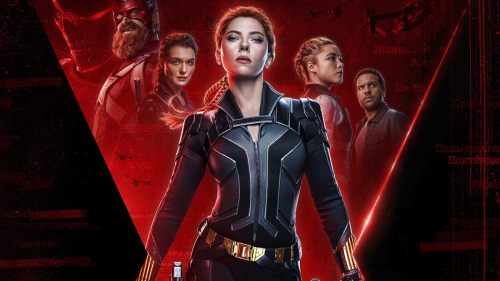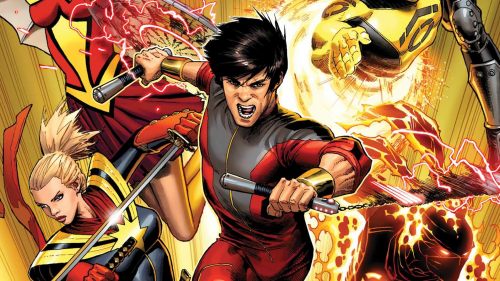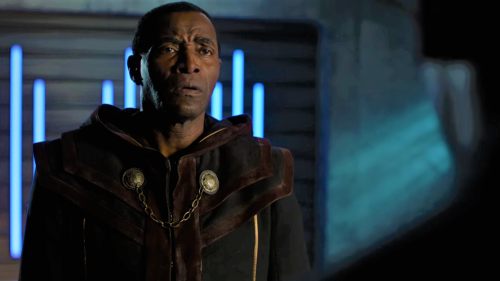In Marvel’s Superhero Comics, The End Is Both The End And Not
Avengers: Endgame is here. Given the nature of the Marvel Cinematic Universe, Endgame’s title is both accurate and not. Many of the stories that have made up the MCU so far are coming to a close. Others have a long way to go before they reach an endgame of their own. Barring a massive catastrophe or total financial collapse, Marvel’s worlds and characters will continue on past any one creative team’s time with them, on screen and in print. It’s true that a successful run may have a lasting influence on a character. It’s also true that a creative team or individual creator may revisit a character they worked on later in their career. But by design the time creators spend with Marvel’s characters is ultimately finite (the same goes for DC and smaller publishers, but with Endgame out, I’m focusing on Marvel). That does not render writing an ending a futile or pointless endeavor. There have been some truly terrific endings crafted throughout Marvel’s long history. Since Endgame’s release has got them on my mind, I want to take a look at the way two great books from Marvel’s recent history have ended and dig into how and why those endings work.

David Aja, Annie Wu, Matt Hollingsworth and Matt Fraction’s Hawkeye is a superhero story told through slices of life. Clint Barton is an Avenger, driven by his calling to do good. So too is Kate Bishop, the young hero he shares the “Hawkeye” moniker with. Hawkeye is about the moments in between their Avenging. Clint tries to be a good landlord to the tenants of the apartment building he both owns and lives in. Kate starts moving from the semi-independence of young adulthood to full-blown independence, which leads her to a stint as an unlicensed PI in Los Angeles. Clint grapples with his depression and self-destructive tendencies. Kate grapples with refining her identity as a grown-up and serious disenchantment with her father. They look after Lucky, the raggedy, big-hearted dog Clint rescued at the book’s start. And, of course, they fight crime, primarily crime perpetrated by the thoroughly slimy gang of perpetually track-suited gangsters Clint rescued Lucky from.

Hawkeye’s ending leans into the fact that superhero stories are tales of continuing adventure. Aja and Fraction wrap their time with the Hawkeyes up with a deep breath. Clint and Kate understand themselves a bit better, and they still have room to grow. The tracksuits’ ambitions have been foiled, and they want revenge for that. Tomorrow will be another day. And a run built on the (comparatively) quiet moments of two superheroes' lives ends on the space between one of those moments – the instants between two arrows being fired and their striking their target. Those last shots restate the book’s mission statement in miniature and put a period on it. The cut to black both concludes this particular story and announces that the Hawkeyes’ larger story will continue.
Jamie McKelvie and Kieron Gillen’s Young Avengers wraps up with a party. The title team is a band of young superheroes brought together by a combination of past experience and Loki’s manipulations. They’re a motley bunch. They are united by their drive to do good, their love for one another, their assorted attractions to each other and their desire to fix a catastrophic mistake one of them made at the book’s start (Billy “Wiccan” Kaplan, a powerful sorcerer, tried to resurrect his alien prince boyfriend Teddy “Hulkling” Altman’s mother. Instead, he summoned a horrifically evil extradimensional monster who called herself “Mother.”). They’re divided by their vastly different perspectives on the world, the tensions that come with platonic love, the tensions that come with romantic love and their assorted guilt and angst for their variou screw-ups and failures. The Young Avengers all have their own baggage to deal with. Some of it they can work through together. Some of it they need to work through on their own. But having a lot of finding themselves to do and failures to own up to does not stop the team from rallying and, with the help of every other young hero in the Marvel universe, destroying Mother. The day is saved just in time for New Year’s Eve. A party is in order.
Joined by a team of guest artists, McKelvie and Gillen trace each of the Young Avengers through the party, as they celebrate their victories and face the fallout of their failures. None of the team die, and most of them remain together, but their status quo has changed. They will not be who they were, mostly for the better. Metatextually, McKelvie and Gillen had finished the story they had planned and were ready to move on. Alongside the guest artists, they finish up each of the team’s individual stories. Then McKelvie brings everyone together to ring in the New Year. The audience watches the Young Avengers step forward into one of America Chavez’s shining portals – a bright canvas for whomever will work with them next (a new Young Avengers book is due to hit this year, and the cast have appeared across the wider Marvel universe in the intervening years). Loki, who assembled, betrayed, manipulated and saved McKelvie and Gillen’s team (and who Gillen had previously written a lengthy story about which interrogated whether or not Loki – and superhero comics as a whole – could truly achieve lasting change) walks his own path. But he carries with him snapshots of his own, and alongside McKelvie, Gillen and the audience, he uses them to bid the Young Avengers a very fond farewell.





